Pages

Link to page
Sensor AI is a decentralized platform that revolutionizes AI development by democratizing access to high-quality datasets, annotation tools, and model training resources. Built on Ethereum blockchain and powered by the $SENSE token, Sensor AI combines cutting-edge technology with community-driven collaboration to solve critical challenges in AI data preparation and deployment.
Why Sensor AI?
AI innovation is often hindered by:
Sensor AI addresses these issues by offering:
✅ A free, privacy-focused annotation tool (already live).
✅ Crowdsourced labeling – Earn $SENSE tokens for contributing.
✅ A decentralized marketplace – Buy/sell datasets securely.
✅ On-demand AI training – Leverage decentralized compute power.
Key Components of the Ecosystem
Who Can Benefit?
Want to print your doc?
This is not the way.
This is not the way.

Try clicking the ⋯ next to your doc name or using a keyboard shortcut (
CtrlP
) instead.